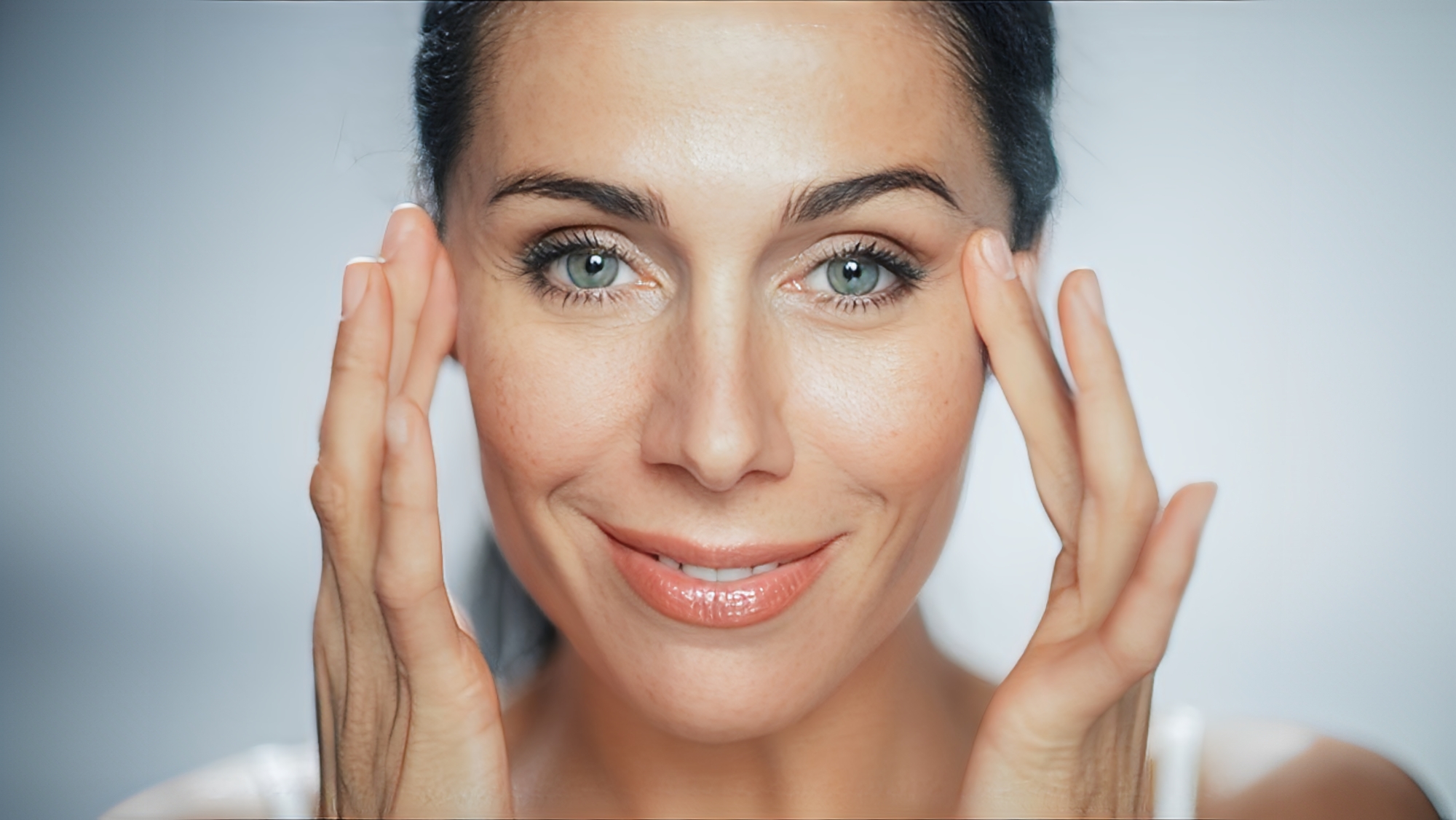Rejuvene Youth Medical Spa Services for Cincinnati and NKY
At Rejuvene Youth Medical Spa, you’ll find all the beauty and wellness solutions you need. If you want to enhance your natural features, rejuvenate aging skin, or simply give yourself the care you deserve, we’re here to help.
Dr. Sillins’ advanced med spa services in Cincinnati and Northern Kentucky are sure to help you look and feel amazing. Explore how our expert treatments can bring out the best in your skin.

Our Med Spa Services
Dr. Deborah Sillins offers a wide range of med-spa services for boosting your confidence and appearance, including:
Chemical Peels
Jumpstart your skin rejuvenation with our chemical peels. These treatments gently remove the top layer of skin, revealing a smoother, clearer, and more youthful complexion beneath. They are ideal for addressing age spots, wrinkles, and uneven skin texture.
Injectable Dermal Fillers
Dermal fillers are an excellent way to help you turn back the clock. These products fill in wrinkles and add volume to the skin, giving you smoother and more youthful facial contours. Immediate results can last several months to years, depending on which product you use.
Microneedling
Microneedling creates punctures in your top layer of skin with tiny needles. This triggers your body to create new collagen and elastin, resulting in firmer, more radiant skin.
Skincare
Our comprehensive skincare services are tailored just for you. From moisturizing facials to advanced skin treatments, we ensure your complexion gets the care it deserves.
Spider Vein Treatment
Say goodbye to spider veins with sclerotherapy. We inject a solution directly into your affected veins, causing them to collapse and fade. Over time, the treated spider veins fade, significantly improving your skin’s appearance.
Aesthetics
Our aesthetic services include waxing, lash lifting, lash and eyebrow tinting, and more. Each treatment helps highlight all your best features, so you love what you see in the mirror.
Neuromodulators
Smooth out lines and wrinkles with neuromodulators. These injections relax facial muscles, reducing the appearance of wrinkles and giving the face a fresher, more rested look.
Silhouette Instalift®
The minimally invasive SILHOUETTE INSTALIFT® treatment uses biodegradable sutures to lift sagging skin. You’ll enjoy an immediate, more youthful appearance without needing major surgery.
Bellafill
Discover the lasting benefits of Bellafill, a unique dermal filler that immediately adds volume and stimulates collagen growth for lasting results. It’s particularly effective for treating acne scars and nasolabial folds.
Why Choose Rejuvene Youth Medical Spa?
At Rejuvene Youth Medical Spa, you’re not just another client; you’re part of our family. Our practice is small and intimate, allowing us to provide a welcoming environment where every visit feels personal. What truly sets us apart is the consistent care you receive. You’ll always see the same provider, so they can really get to know you and your goals (plus monitor your progress).
Leading our team is Dr. Deborah Sillins, Cincinnati and Northern Kentucky’s top-rated plastic surgeon. Dr. Sillins brings a wealth of experience and a compassionate approach to her practice, emphasizing natural therapies and a whole-body approach. Her expertise in surgical and non-surgical treatments allows us to offer a range of services.
Frequently Asked Questions
Your first visit will start with a personal consultation to discuss your aesthetic goals and assess your skin. You’ll receive a clear explanation of the treatments that fit your needs and a custom plan. Our team will also answer your questions to help you feel confident and informed.
To keep your results looking their best, follow a skincare routine suggested by your specialist, including specific products like moisturizers and sunscreens. Regularly applying these recommended products will help extend the effectiveness of your treatments.
The best service for you depends on your skin type and aesthetic goals. We recommend scheduling a consultation to discuss your options and come up with the right treatment plan.
Results can vary based on the type of filler used, but most of our clients enjoy their enhancements for six months to two years.
Microneedling involves minimal discomfort. We apply a numbing cream to the treatment area to keep you comfortable throughout the procedure.
The frequency depends on your skin’s condition and the type of peel. Generally, we recommend a peel every four to six weeks for the optimal outcome.
Contact Us Today for Beautiful, Lasting Results
Ready to transform your appearance and feel your absolute best? Contact Rejuvene Youth Medical Spa today at (859) 429-3333 or visit our website to schedule your consultation. Let us help you achieve your dream look with our expert med spa services in Cincinnati and Northern Kentucky. Your journey to a more radiant, confident self starts with us!